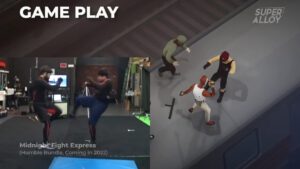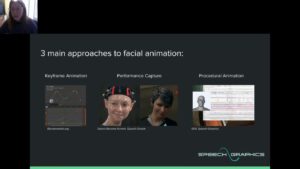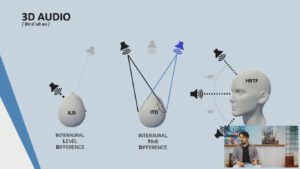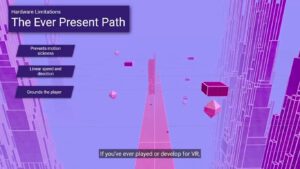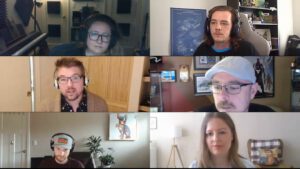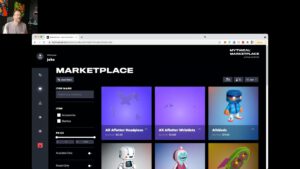This year’s digital edition of Devcom moved from the habitual by-programming spot for Gamescom to the center stage, at least for game industry relevance. Not only lasted the convention longer than the more popular trade show, it also pictured a more accurate state of play, and it cared about VR as a development path for industry progression.
For five days, the conference presented workshops, panels and product presentations on all essential topics of actual game development. The most impressing lectures gave overviews for beginners as well as for seasoned professionals on production pipelines for motion capture, face animation, AI programming or biometrical play testing methods. These how-to introductions could be continued in detail in chat rooms and video sessions for often very engaging experience exchanges. They also served as showcase references for Devcom Summits on specific production topics throughout the year.
Besides the excellent discussions on biometrical and live-action oriented game production, several postmortems on VR games offered technical tweaks and conceptual success models for immersive gaming. Ubisoft seems to become a regular part of the program with the Düsseldorf studio’s third consecutive lecture on VR LBE, now focusing on spatial audio integration. Cloudhead Games offered two lectures on the conceptual approach for the successful VR rhythm shooter Pistol Whip, and the team of Polyarc reflected in a video panel on the making of another VR hit with the animation adventure Moss going into a sequel edition.
All presentations focused distinctively on production details and showcased the complexity of actual VR development, the structural difficulties of VR in the present industrial environment and viable solutions for successful outcomes. While LBE still suffers from pandemic conditions for local event realization, the two examples in VR home entertainment found consolidation in contraction and concentration: Cloudhead Games went from spatial adventure installations to stylized casual shooting galleries, Polyarc amplified a conventional adventure platformer with intimate character animations.
All case examples confirmed the narrowing development conditions in an industrial environment longing for recombination and continuity. A self-contained consumer platform for original VR development is currently inaccessible in the LBE area. Home entertainment platforms only allow little mouse steps in the radius of the sufficiently well-known, keeping the immersion close to Wii and 3D-TV experiences. This constriction coincides with game industry’s expansive vision for monetization and social impact on a meta level – without a proper fabrication strategy at hand.
As a snapshot of the actual game industry, digital Devcom 2021 managed to go longer, deeper and broader in relevance than in the years before. While the conference normally serves as a sidekick of the main trade event in close relation, the digital edition could make fruitful use of the newly established independence from the developers’ local presence on site. It remains to be seen how this pays out for upcoming hybrid models of coexistence, and how this plays out for the future of GameVR.

